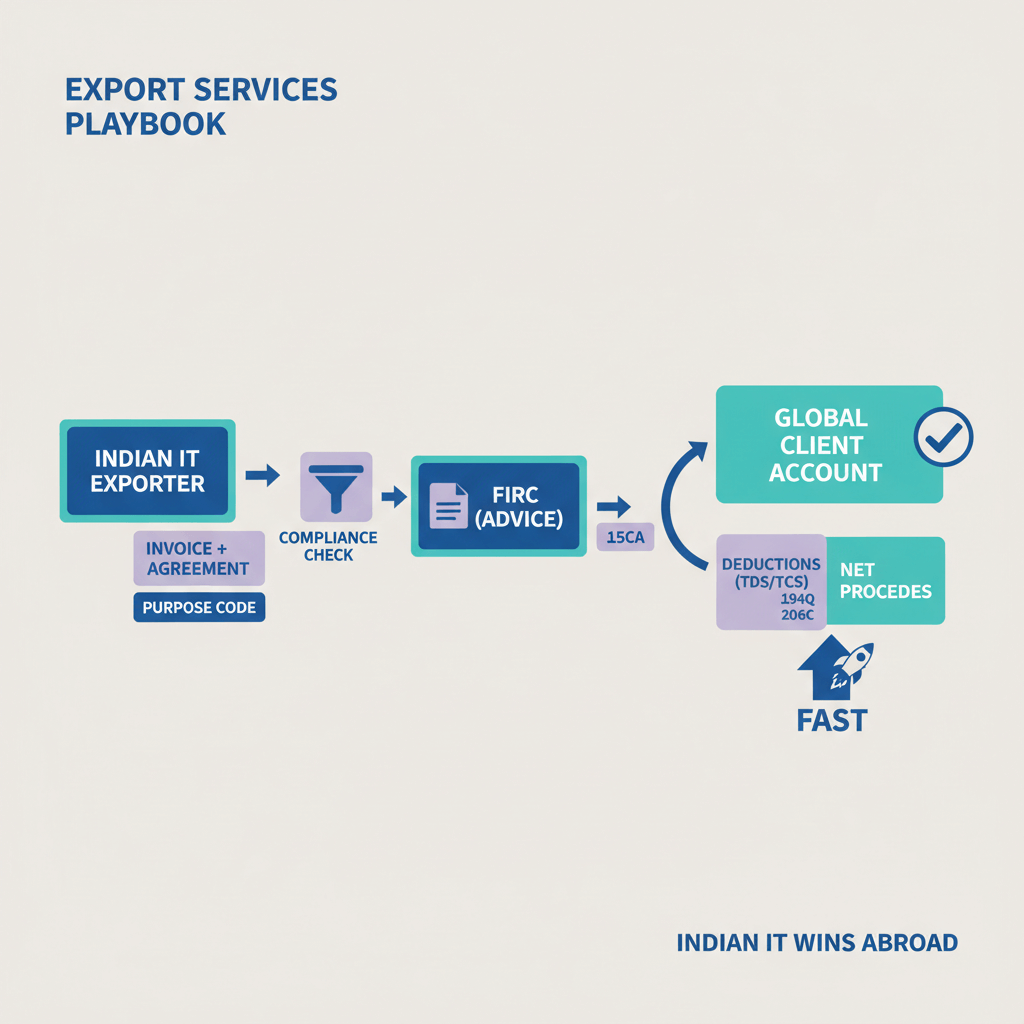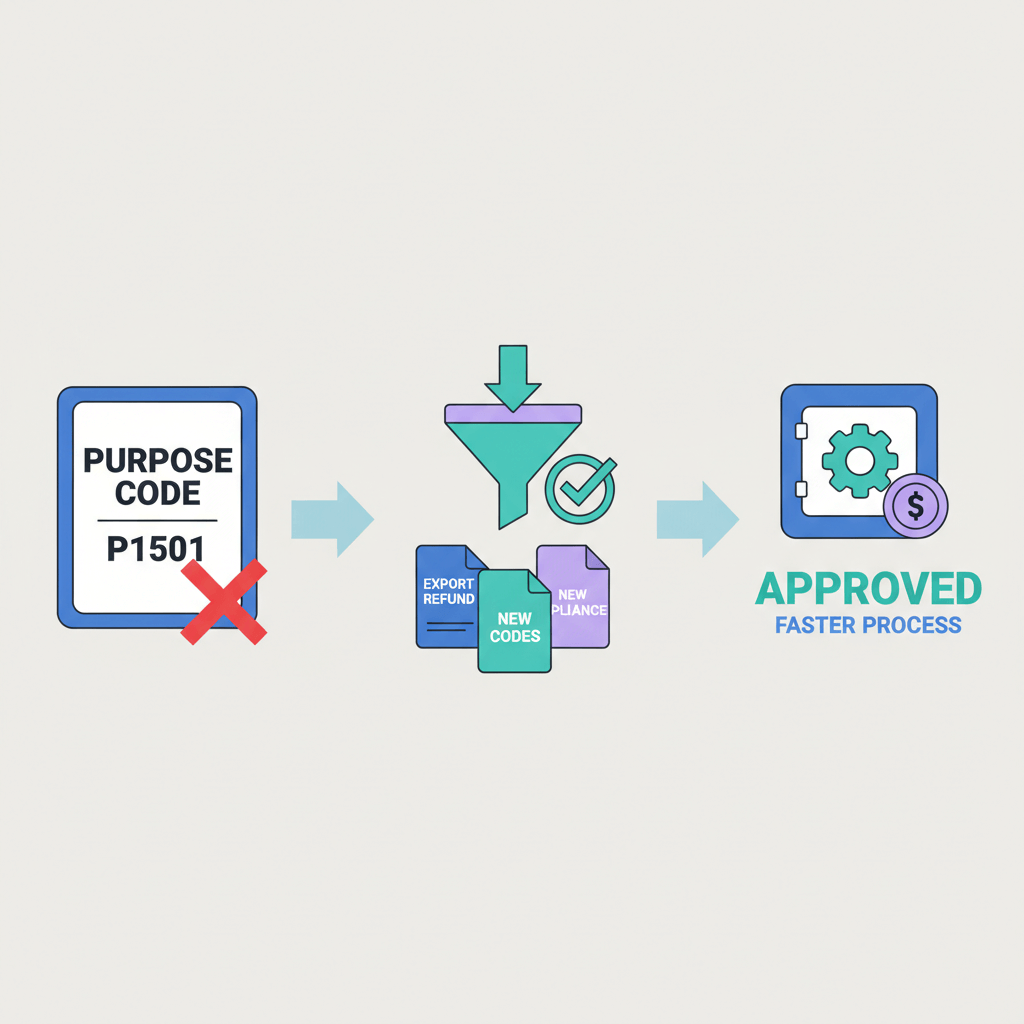Karbon helps you switch to faster, compliant, and more cost-effective cross-border solutions.
What Is A KTT Transfer?
A KTT (Key Tested Telex) transfer was a traditional method of sending international payment instructions between banks, using the telex network. It was widely used before modern systems like SWIFT were adopted globally.
In a KTT transfer, the sending bank would transmit a text message over telex, authenticated with a “key test” — a code confirming the message was genuine.
How KTT transfer in India Functions?
A KTT transfer in India referred to an international payment instruction sent via the telex network.
1. Transfer Request at Indian Bank
The sender (an individual or business in India) would approach their bank whether it is SBI or Bank of Baroda, etc. They requested an international fund transfer. They’d submit the beneficiary's details and the foreign bank’s address.
2. Bank Drafts a Telex Message
The Indian bank would type a telex message with transfer instructions: amount, currency, recipient account, and the identity of the destination bank. A special code, called the key test, was added to authenticate the message.
3. Message Sent Over Telex Network
The bank would send this message through the international telex system to the recipient bank or a trusted correspondent bank abroad. The receiving bank would check the key test to confirm it was genuine.
4. Recipient Bank Acts on Instructions
If the message passed authentication and the banks had a credit arrangement or balance, the recipient bank would credit the funds to the beneficiary’s account. The sender might receive confirmation by fax or phone.
How Are Funds Transferred in KTT Transfer?
In Telegraphic Transfers no actual money is physically moved across borders. Instead, the process relies on a network of correspondent banks that hold balances with each other in different countries.
Here's the behind the scenes of KTT Transfer:

Ledger Balances Between Banks
Banks around the world maintain nostro and vostro accounts with each other. Essentially, they each have local currency accounts in each other’s countries.
When a sender initiates a transfer, their bank debits their customer’s account and sends a SWIFT message to the recipient's bank, saying:
"Please credit ₹X to this recipient. You can deduct it from the USD we’re holding with you."
Funds Are Settled Through Correspondent Banks
The recipient's bank is typically not directly connected to the sender's bank.
So, intermediary (correspondent) banks are used. These are banks that both the sender’s and recipient’s banks trust and have accounts with.
The actual money is already "parked" in various currencies in these accounts. The SWIFT message simply instructs which ledger to credit or debit.
No Physical Transfer, Only Ledger Updates
It’s just entries on ledgers:
o Debit sender’s account
o Credit recipient’s account
o Adjust balances between banks accordingly
How long does a KTT transfer take in India?
For business inward remittance to India using a KTT (Key Tested Telex) transfer, the process can be relatively slow compared to modern methods. Here's a breakdown of the expected timeframes:
Typical Duration:
- Processing Time: KTT transfers usually take several days to over a week. This includes the time needed for the sending bank to initiate the transfer, the transmission of the telex message, and the processing by the receiving bank in India.
- Manual Verification: KTT transfers require manual verification of security codes, which adds time to the process compared to automated systems.
- Bank Working Hours: The transfer duration is also affected by the working hours and holidays of the banks involved. Since KTT transfers rely on manual processes, they can be delayed by weekends and bank holidays.
Factors Affecting Duration:
- Bank Procedures: Different banks have different processing times and procedures, which can impact the overall duration of a KTT transfer.
- Intermediary Banks: If the transfer involves intermediary banks, additional time may be needed, especially if these banks are in different countries with varying time zones and working hours.
- Currency Conversion: If the remittance involves currency exchange, the conversion process can further extend the transfer time.
Comparison with Modern Systems:
- SWIFT Transfers: In contrast, SWIFT transfers for business inward remittance to India typically take 1-3 business days. The automated and standardized processes of SWIFT, along with its global network efficiency, result in faster and more reliable transfers.
Practical Implications for Businesses:
- Planning: Businesses expecting inward remittances through KTT transfers should plan for potential delays and consider the longer processing times in their financial strategies.
- Modern Alternatives: Where possible, businesses should consider using modern transfer methods like SWIFT for faster and more efficient remittance handling.
How much do KTT transfers in India cost?
When businesses opt for KTT (Key Tested Telex) transfers for inward remittance into India, the expenses can fluctuate based on various factors such as bank regulations and transaction intricacies. Here’s a breakdown with specific numbers for potential costs involved:
Factors Influencing Cost of KTT transfers in India cost
- Bank Fees: Both the originating and receiving banks usually levy charges for handling KTT transfers. These fees vary depending on the specific bank’s policies. For instance:
- Sending Bank Fee: $20 - $50
- Receiving Bank Fee: $10 - $30
- Intermediary Bank Fees: If intermediary banks are involved in the transaction, each may impose its own fee, amplifying the overall cost. These fees can range from $10 to $30 per intermediary bank.
- Currency Conversion Charges: In instances where currency exchange is necessary, additional expenses such as exchange rate margins and conversion fees may apply. Currency conversion fees typically range from 0.5% to 2% of the transaction amount.
- Communication Expenses: Given that KTT transfers utilize the telex network, there could be costs associated with transmitting telex messages. Communication charges may vary, but they are generally minimal, ranging from $5 to $20 per message.
- Manual Processing Fees: KTT transfers entail manual verification and processing, which may result in supplementary charges to cover labor costs. These fees are typically fixed and can range from $10 to $50 per transaction.
Total Estimated Cost: Taking into account all the factors mentioned above, the total cost for a KTT transfer typically ranges between $60 to $200 or more, contingent upon transaction complexity and the banks involved.
Why KTT Transfers Are Non-Compliant with Modern Banking Standards?
KTT (Key Tested Telex) transfers fail every modern compliance test. What once worked in a paper-based, manual banking system is now completely incompatible with today’s digital, regulated financial ecosystem.
1. Lack of Traceability and Audit Trail
KTT messages were simple text instructions sent over telex. They did not generate digital logs, reference IDs, or transaction hashes — all of which are mandatory in today’s audit-driven banking environment. Regulators require full traceability for AML (Anti-Money Laundering), and KTT offers none.
2. No Real-Time Verification
Modern systems like SWIFT or blockchain-based rails include real-time verification, encryption, and acknowledgment. KTT relied on manual key tests and telex confirmations, which are slow, prone to human error, and easily spoofed.
3. Vulnerable to Forgery and Fraud
Since KTT messages are plain text, they can be faked, altered, or printed with no central validation. Scammers have exploited this by producing fake telex statements claiming access to millions in offshore accounts. No regulated bank or clearing house honours such documents.
4. Fails KYC/AML Compliance
Global compliance frameworks like FATF, OFAC, and RBI’s FEMA guidelines require customer identity verification, sanction screening, and source-of-funds validation. KTT messages don’t carry or support any of this — making them completely non-compliant with global anti-money laundering laws.
5. Not Recognized by Banks or Regulators
Most central banks, including the Reserve Bank of India, have long removed KTT from their list of accepted methods for cross-border payments. No licensed Indian bank offers KTT, and anyone promoting it today is operating outside the regulated financial system.
KTT Transfer Vs SWIFT Transfer
Frequently Asked Questions (FAQs)
1. Can I receive a payment in India via KTT today?
No. Indian banks do not support KTT transfers. Any claim of receiving funds via KTT is either a misunderstanding or likely fraudulent.
2. Why is KTT considered risky or fraudulent now?
Because it lacks encryption, tracking, and regulatory validation, KTT messages can be forged or misused. Scammers often show fake KTT or MT103 documents promising large transfers that never arrive.
3. What if someone sends me a KTT confirmation slip?
Treat it as a red flag. No legitimate transfer uses KTT in 2025. Ask the sender to use SWIFT through a regulated bank, and never share your personal or bank details if KTT is mentioned.
4. What’s the best way to receive international payments in India?
Use regulated methods such as SWIFT wire transfers or third party payment apps like Karbon for foreign inward remittance. Make sure you receive the MT103 message from the sender's bank as proof.











